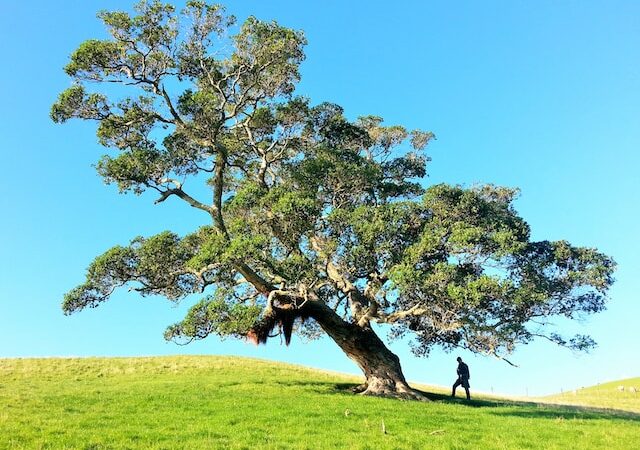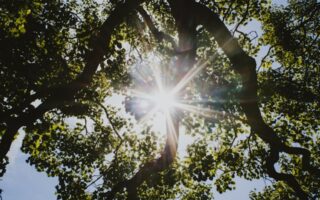I still remember a homily I heard years ago while on a family vacation at Bethany Beach. The gospel reading for Mass that day was the parable of the Sower (Mark 4:1-20). The priest drew my attention to an aspect of this passage I had never thought about before. My reading of the passage always concentrated on the different kinds of ground the seed fell upon representing various ways of receiving God’s word. Because of this, I always thought the meaning of the parable lay in trying to be the rich soil that received God’s word deeply and therefore produced abundant fruit. Rather than concentrate on the quality of the receiving ground however, the Bethany Beach priest focused on the Sower. Identifying the Sower as God, the priest discussed the extraordinary generosity of God. God doesn’t carefully place seed only in the places it is sure to grow, but instead prodigally throws it everywhere, generously giving through creative abundance, knowingly scattering it in places where it will not grow for the sake of the seed that will take root, grow, and lavishly bear fruit.
In New Seeds of Contemplation, Thomas Merton writes,
No two created beings are exactly alike…This particular tree will give glory to God by spreading out its roots in the earth and raising its branches into the air and the light in a way that no other tree before or after it ever did or will do. Do you imagine that the individual created things in the world are imperfect attempts at reproducing an ideal type which the Creator never quite succeeded in actualizing on earth? If that is so they do not give Him glory but proclaim that He is not a perfect Creator.
New Seeds of Contemplation
Thomas Merton
A student drew my attention to this passage and it became the basis of a deep discussion in our Merton class. We talked about how in our minds we have some perfect image of a tree, but most trees are shaped by the places in which they are planted and marked by events that occur as they grow. A tree that grows in deep shadowy places will lean toward the one area in its surroundings that provides abundant sun. You find trunks of trees bent and surrounding other nearby trees. You can sometimes find the place in a tree where it was broken off by some cataclysmic event but then grew in a new direction from that wounded spot. One tree that remains in my memory is a tree that grew outside the home of one of my childhood friends. That tree was large and stately but had been struck by lightning and there was a dark burnt lightning bolt running down its trunk.
The point of this reflection on trees is that we tend to see odd, misshapen trees as flawed because we compare them to ideal types, as though there were some perfect tree template that every tree should try to achieve. Merton’s point is that our way of seeing is not God’s way of seeing. Like the Bethany Beach priest, Merton draws us beyond the tree as object, to the source of life within the tree and within us.
Merton is claiming that God loves us just as we are right now and right here. God is not hoping for some perfect image of a human being, comparing us to that image, and noting our flaws, wounds, and imperfections. Instead, God’s prodigal love is the source of our growth. The places where we are marked by wounds but keep going, are sources of strength for us. The particular way we learn to lean away from the darkness in our lives to find light, are paths of love carved out for us by God. The more deeply we are drawn to the growth within us, to the Sower who created us, to the love that formed us, the more beautiful we become, not necessarily as an object to be seen, but deep down within us. Awakening to these deep places within, awakens us to God’s loving presence, and is the deep rich soil which yields a rich and fruitful harvest.













